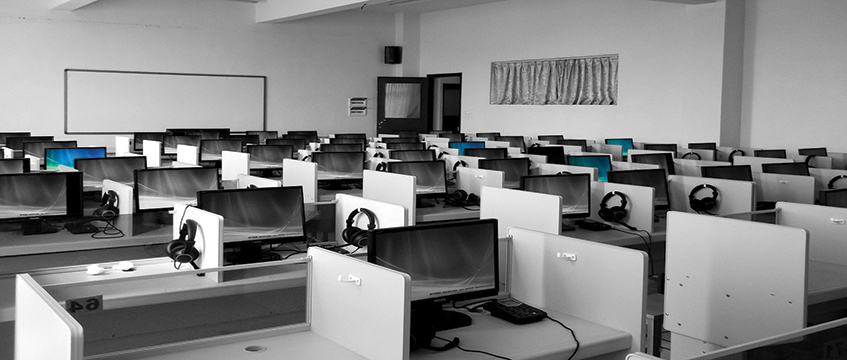Hybrid working leads to decrease in office take-up
The trend towards hybrid working has led office occupiers to minimise take-up and prioritise the configuration of their existing workplace to maximise employee happiness and productivity, according to research by CBRE.
Last year, 90% of companies offered some level of hybrid work, the agency found in its annual Global Workplace and Occupancy Insights report.
The survey, which collated insights from 66 CBRE clients that own or occupy around 350m sq ft of office space globally, found organisations are prioritising shared space over private workspace in order to improve workspace efficiency.
The trend towards hybrid working has led office occupiers to minimise take-up and prioritise the configuration of their existing workplace to maximise employee happiness and productivity, according to research by CBRE.
Last year, 90% of companies offered some level of hybrid work, the agency found in its annual Global Workplace and Occupancy Insights report.
The survey, which collated insights from 66 CBRE clients that own or occupy around 350m sq ft of office space globally, found organisations are prioritising shared space over private workspace in order to improve workspace efficiency.
Occupiers outlined their top strategies for portfolio optimisation in the report, for which 82% of respondents identified an increase in collaborative space as a means for positive business gains. This was followed by the disposal of underused space for three quarters of businesses to ensure the office supports business and people goals.
Yet around 67% of those surveyed identified accommodating headcount growth in their existing office space as one of their primary portfolio optimisation strategies.
While this varied by industry, it found hybrid working practices have made employees more likely to share space and use collaborative spaces when they are in the office. This was reflected in an increase in “we” space from 14% in 2021 to 20% of office square footage in 2023.
Hallmarks of this space include conference and meeting rooms, plus lounges for training or social events. Private workspace, such as personal offices and set desks, fell to 45% in 2023, down from 56% in 2021.
Financial and professional services firms said 13% of their office space is dedicated to amenities – a 120% increase since 2021, while the industrial and logistics and life sciences sectors upped collaboration space to 20% and 30% of total office space, respectively. This marked an increase of 121% and 63% from 2021.
Susan Wasmund, CBRE’s global leader of occupancy management, said: “The demand for office space is no longer driven by the number of employees a company has.
“Instead, it’s driven by a combination of office policies and employee behaviours, which is why corporate real estate leaders are so focused on understanding office attendance and how the space is being used.”
To send feedback, e-mail chante.bohitige@eg.co.uk or tweet @bohitige or @EGPropertyNews
Image © Pixabay/Pexels











